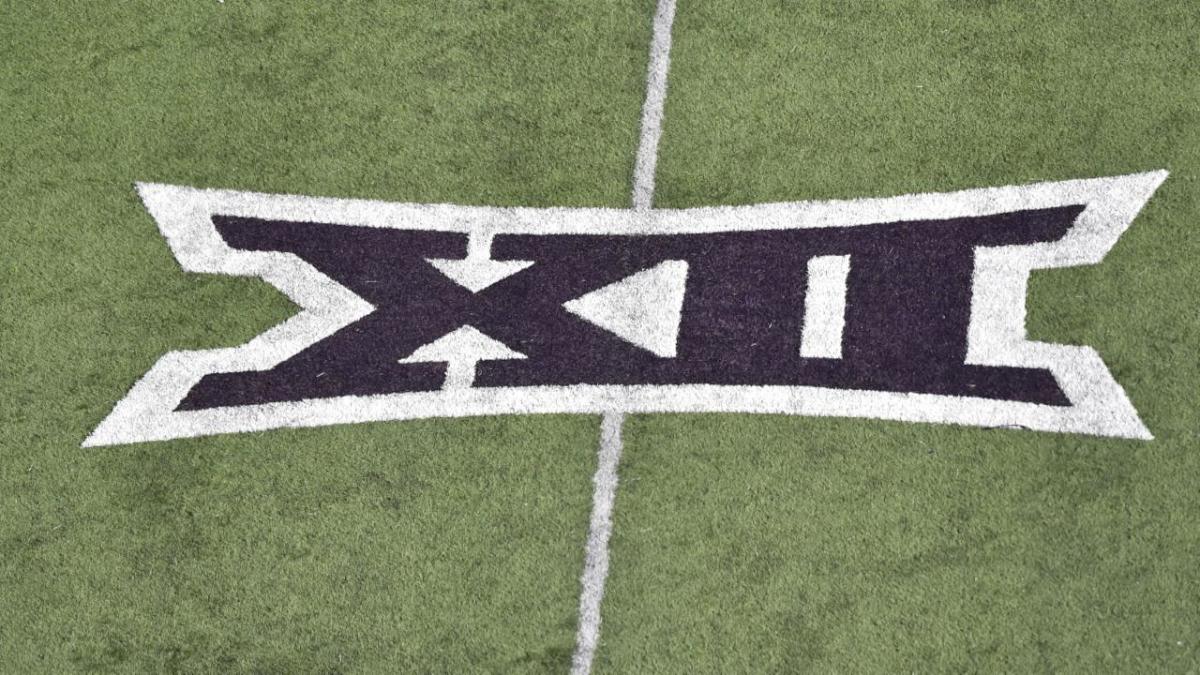Big 12 Leaders Expect Texas, Oklahoma to Depart, Leaving Conference in Disarray

Less than a week ago, amid the glitz and glamour of AT&T Stadium, Big 12 media days were a jovial event.
Masks were mostly eschewed. Handshakes were encouraged. Smiles, laughs and even hugs were abound. Texas coach Steve Sarkisian and Oklahoma coach Lincoln Riley milled about with media members, and commissioner Bob Bowlsby celebrated the cohesion of his conference—they stuck together during a season amid a pandemic, battled the elements and came out even stronger.
Or so he thought.
“A motivation for conference expansion or realignment,” he said last Wednesday, “it’s gone, or just not there at this point in time.”

One week later, Big 12 leaders find themselves attempting to preserve the league amid stunning news that Texas and Oklahoma are on the verge of exiting the conference. Big 12 presidents are orchestrating a last-ditch effort to convince the two schools to remain, or at least to seek reasons for their impending departure.
Administrators from Texas and Oklahoma did not join their brethren on a joint conference call Thursday night to discuss the matter with league athletic directors and school presidents—a striking snub that speaks to their inevitable exit. The top destination is the SEC, a league that both programs contacted in the last few weeks. The Longhorns, however, might have at least one other option, sources say: the ACC.
The two schools have described their intentions with the SEC as “exploratory,” according to sources within the Big 12. But conference leaders believe it is much more serious. In fact, the Big 12 firmly expects the Longhorns, the ringleaders of this latest realignment, to announce their departure soon, with Oklahoma closely behind.
“I’d say Texas is for sure gone and probably Oklahoma,” says an administrator.
High-level college football officials spoke to Sports Illustrated for this story under condition of anonymity as the matters are sensitive. The Big 12 released a statement Thursday evening saying that the “eight members strongly desire to retain the current composition of the league,” and that the league would require those leaving to “adhere” to the Big 12’s Grant of Rights, which runs to 2025.
The two schools can pay a penalty to break the contract early—expected to be about $70 million each—or wait until the deal expires, a move that could create an awkward four years of athletics with two lameducks. Though expected, a move to the SEC isn’t guaranteed. Expansion calls for a vote of three-fourths of the conference membership, or 11 of the 14 teams. Texas A&M is the only school to have publicly voiced its opposition.
The split in revenue among SEC teams is expected to remain the same, or very similar, in a 16-team conference as it is now. So why would mid-tier or lower-tier SEC programs agree to admit two powerhouse programs they’d play at least once if not twice a year? The excitement and prestige of Oklahoma and Texas playing in your stadium is not lost on the conference’s athletic directors and school presidents, especially during a time of financial uncertainty—the recovery from COVID-19 and the decline in attendance.
“Like I tell recruits all the time, we are the best league in college football and everyone wants to play there,” Missouri coach Eli Drinkwitz said. “Now you got two iconic brands that want to join too. It’s an exclusive club and not everyone gets in, so good luck, especially if A&M has anything to do with it.”
In the meantime, Bowlsby, one of the most respected leaders in college sports, is attempting to keep unified the remaining eight schools—an incredibly difficult mission amid a transformative year in college athletics. The move from Texas and Oklahoma is expected to spark a sweeping, nationwide realignment wave, one that could end in two ways: (1) the complete dismantling of the Big 12 conference and founding of four superconferences, each with as many as 16 teams; or (2) a rebuilt Big 12 with two to four new members that have been pillaged, in all likelihood, from the American Athletic Conference.
Do Big 12 teams become the hunter (Option 2) or the hunted (Option 1)?
“There is a path to survival,” says one source. “It can be done.”
In the search for a rebuilt Big 12 (Option 2), the goal is to make additions that would keep the conference among the Autonomy 5, giving it more legislative freedom and, more importantly, retaining its tie-ins with the New Year’s Six bowl games. Those that make geographic and financial sense include Houston, Cincinnati, Memphis and possibly SMU. There are other outliers that reign atop the Group of 5, such as UCF, BYU and Boise State. Either way, the Big 12’s media rights deal is likely to see significant changes with the departure of its two most profitable programs.
Option 1 could reshape college sports. Panicked and spooked, some Big 12 members could bolt from a league in shambles. The Pac-12 has four open spots to reach the 16-team mark. The ACC and Big Ten have two each. West Virginia is already geographically more aligned with the ACC, and Kansas is a basketball boon for any league, despite its football failures. Baylor men’s basketball just claimed the national championship, and TCU has the Dallas-Fort Worth market.
If the Big 12 isn’t quick enough with its rebuild, schools might scatter.
“Uncertainty creates instability,” says one college athletic director.
And so, a week after Bowlsby expressed his certainty in the Big 12’s stability, the conference flaps in the wind of change. A year ago the savior of college football for refusing to follow in the footsteps of the Pac-12 and Big Ten, the Big 12’s existence is in jeopardy.
“It’s not imminent, but there’s truth they reached out to explore the possibility of joining the SEC,” says a Big 12 official. “If they’re gone, we start Plan B.”
More College Football Coverage:
• The SEC, NCAA and a Fight to Change College Sports
• SEC Faced With Worrying Vaccination Trends as Football Season Approaches
• The Rose Bowl Throws a Wrench in College Football's Playoff Expansion Plan
• Directors' Cup Shakeup Makes Clear the Pandemic's Impact on College Athletics
